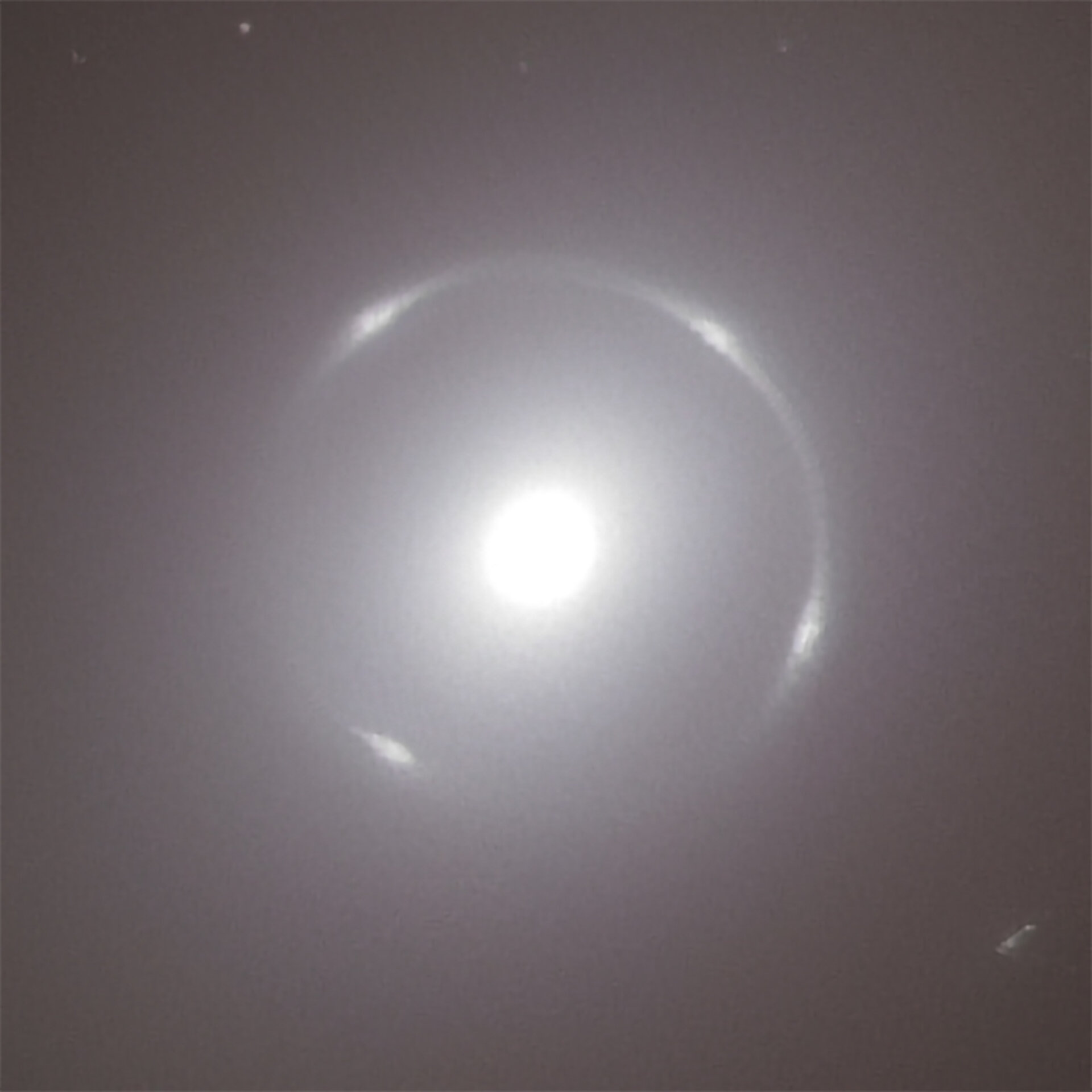Euclid Discovers Einstein Ring in Our Cosmic Backyard
Euclid, an ESA (European Space Agency) mission with NASA contributions, has made a surprising discovery in our cosmic backyard: a phenomenon called an Einstein ring. An Einstein ring is light from a distant galaxy bending to form a ring that appears aligned with a foreground object. The name honors Albert Einstein, whose general theory of […]

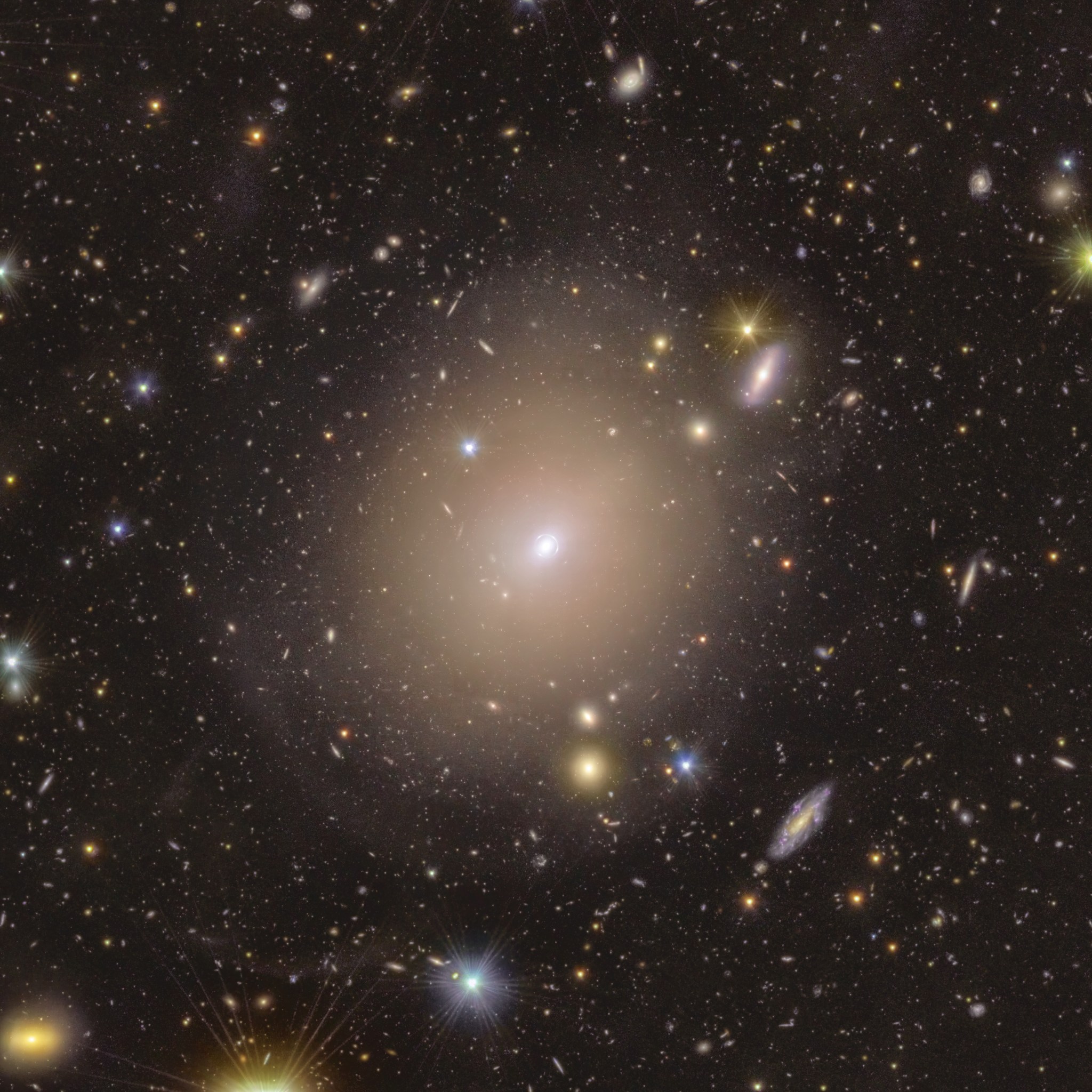
Euclid, an ESA (European Space Agency) mission with NASA contributions, has made a surprising discovery in our cosmic backyard: a phenomenon called an Einstein ring.
An Einstein ring is light from a distant galaxy bending to form a ring that appears aligned with a foreground object. The name honors Albert Einstein, whose general theory of relativity predicts that light will bend and brighten around objects in space.
In this way, particularly massive objects like galaxies and galaxy clusters serve as cosmic magnifying glasses, bringing even more distant objects into view. Scientists call this gravitational lensing.
Euclid Archive Scientist Bruno Altieri noticed a hint of an Einstein ring among images from the spacecraft’s early testing phase in September 2023.
“Even from that first observation, I could see it, but after Euclid made more observations of the area, we could see a perfect Einstein ring,” Altieri said. “For me, with a lifelong interest in gravitational lensing, that was amazing.”
The ring appears to encircle the center of a well-studied elliptical galaxy called NGC 6505, which is around 590 million light-years from Earth in the constellation Draco. That may sound far, but on the scale of the entire universe, NGC 6505 is close by. Thanks to Euclid’s high-resolution instruments, this is the first time that the ring of light surrounding the galaxy has been detected.
Light from a much more distant bright galaxy, some 4.42 billion light-years away, creates the ring in the image. Gravity distorted this light as it traveled toward us. This faraway galaxy hasn’t been observed before and doesn’t yet have a name.
“An Einstein ring is an example of strong gravitational lensing,” explained Conor O’Riordan, of the Max Planck Institute for Astrophysics, Germany, and lead author of the first scientific paper analyzing the ring. “All strong lenses are special, because they’re so rare, and they’re incredibly useful scientifically. This one is particularly special, because it’s so close to Earth and the alignment makes it very beautiful.”
Einstein rings are a rich laboratory for scientists to explore many mysteries of the universe. For example, an invisible form of matter called dark matter contributes to the bending of light into a ring, so this is an indirect way to study dark matter. Einstein rings are also relevant to the expansion of the universe because the space between us and these galaxies — both in the foreground and the background — is stretching. Scientists can also learn about the background galaxy itself.
“I find it very intriguing that this ring was observed within a well-known galaxy, which was first discovered in 1884,” said Valeria Pettorino, ESA Euclid project scientist. “The galaxy has been known to astronomers for a very long time. And yet this ring was never observed before. This demonstrates how powerful Euclid is, finding new things even in places we thought we knew well. This discovery is very encouraging for the future of the Euclid mission and demonstrates its fantastic capabilities.”
By exploring how the universe has expanded and formed over its cosmic history, Euclid will reveal more about the role of gravity and the nature of dark energy and dark matter. Dark energy is the mysterious force that appears to be causing the universe’s expansion. The space telescope will map more than a third of the sky, observing billions of galaxies out to 10 billion light-years. It is expected to find around 100,000 strong gravitational lenses.
“Euclid is going to revolutionize the field with all this data we’ve never had before,” added O’Riordan.
Although finding this Einstein ring is an achievement, Euclid must look for a different, less visually obvious type of gravitational lensing called “weak lensing” to help fulfil its quest of understanding dark energy. In weak lensing, background galaxies appear only mildly stretched or displaced. To detect this effect, scientists will need to analyze billions of galaxies.
Euclid launched from Cape Canaveral, Florida, July 1, 2023, and began its detailed survey of the sky Feb. 14, 2024. The mission is gradually creating the most extensive 3D map of the universe yet. The Einstein ring find so early in its mission indicates Euclid is on course to uncover many more secrets of the universe.
More About Euclid
Euclid is a European mission, built and operated by ESA, with contributions from NASA. The Euclid Consortium — consisting of more than 2,000 scientists from 300 institutes in 15 European countries, the United States, Canada, and Japan — is responsible for providing the scientific instruments and scientific data analysis. ESA selected Thales Alenia Space as prime contractor for the construction of the satellite and its service module, with Airbus Defence and Space chosen to develop the payload module, including the telescope. Euclid is a medium-class mission in ESA’s Cosmic Vision Programme.
Three NASA-supported science teams contribute to the Euclid mission. In addition to designing and fabricating the sensor-chip electronics for Euclid’s Near Infrared Spectrometer and Photometer (NISP) instrument, NASA’s Jet Propulsion Laboratory led the procurement and delivery of the NISP detectors as well. Those detectors, along with the sensor chip electronics, were tested at NASA’s Detector Characterization Lab at Goddard Space Flight Center in Greenbelt, Maryland. The Euclid NASA Science Center at IPAC (ENSCI), at Caltech in Pasadena, California, will archive the science data and support U.S.-based science investigations. JPL is a division of Caltech.
Media Contacts
Elizabeth Landau
Headquarters, Washington
202-358-0845
elandau@nasa.gov
Calla Cofield
Jet Propulsion Laboratory, Pasadena, Calif.
626-808-2469
calla.e.cofield@jpl.nasa.gov





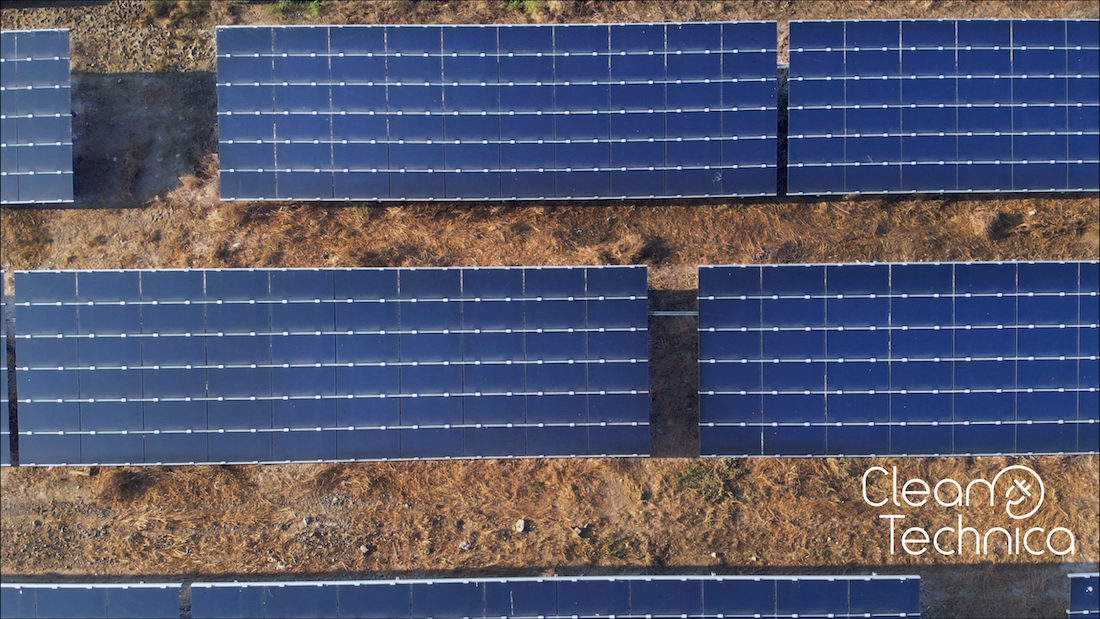




























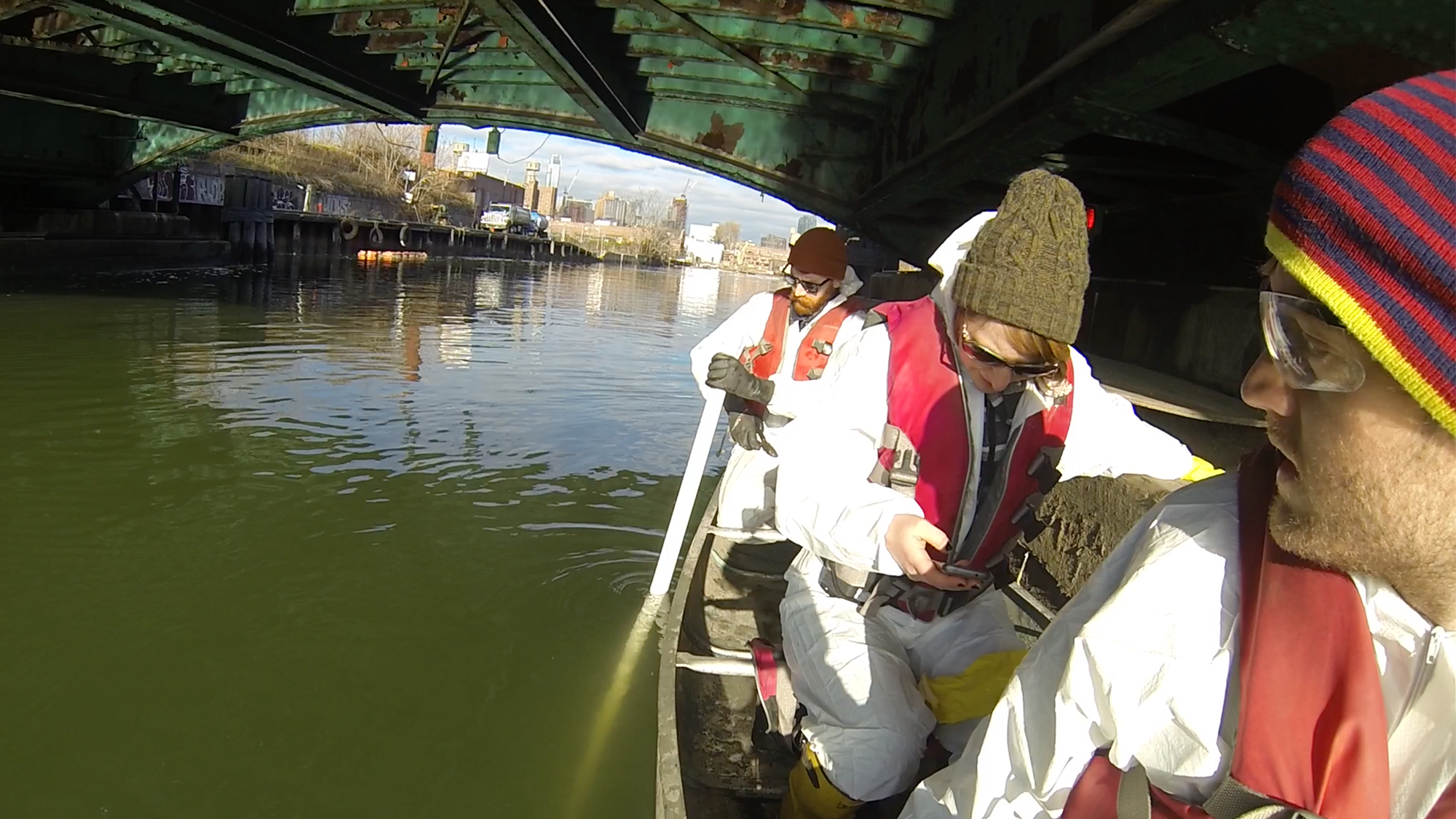



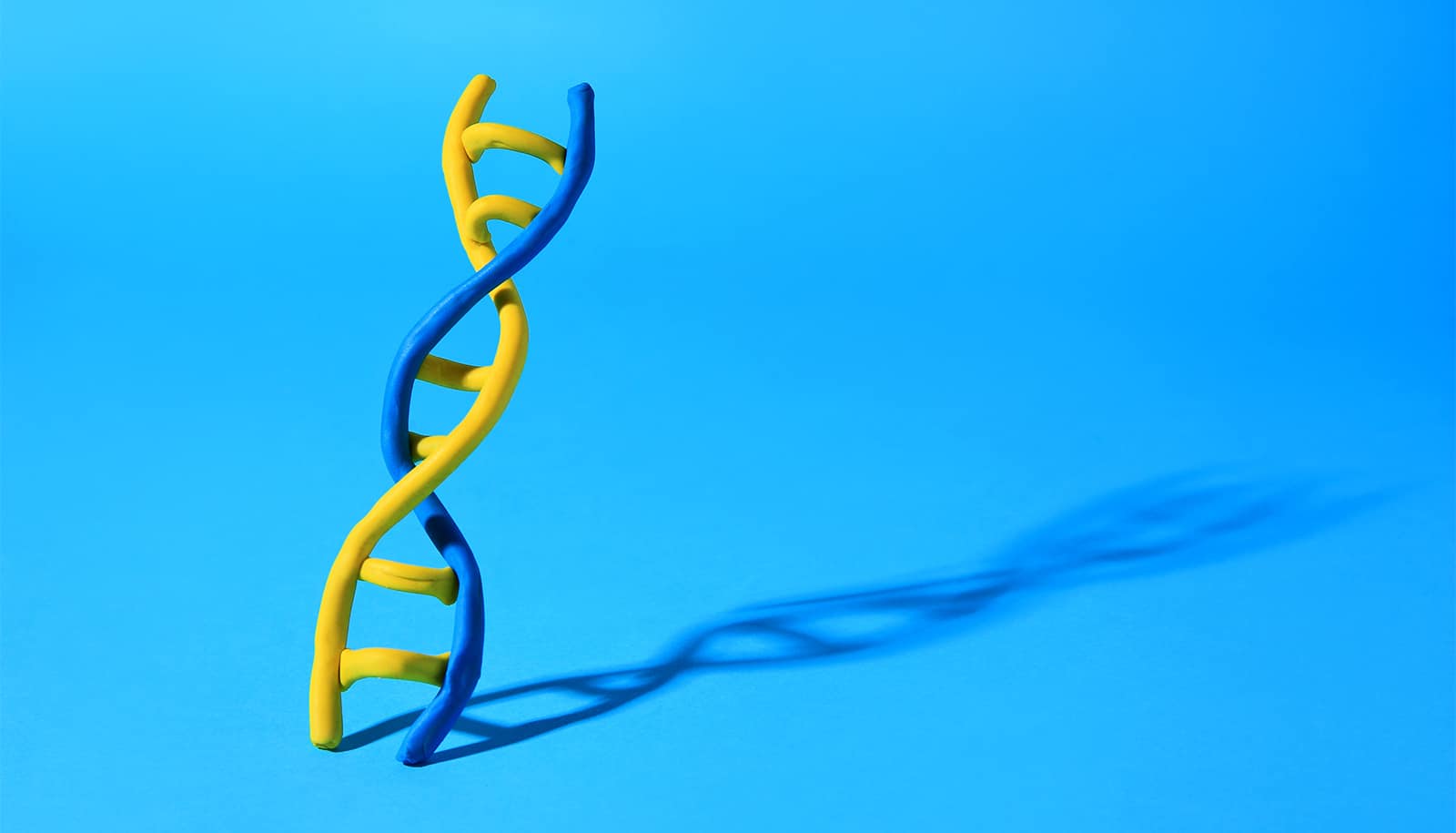


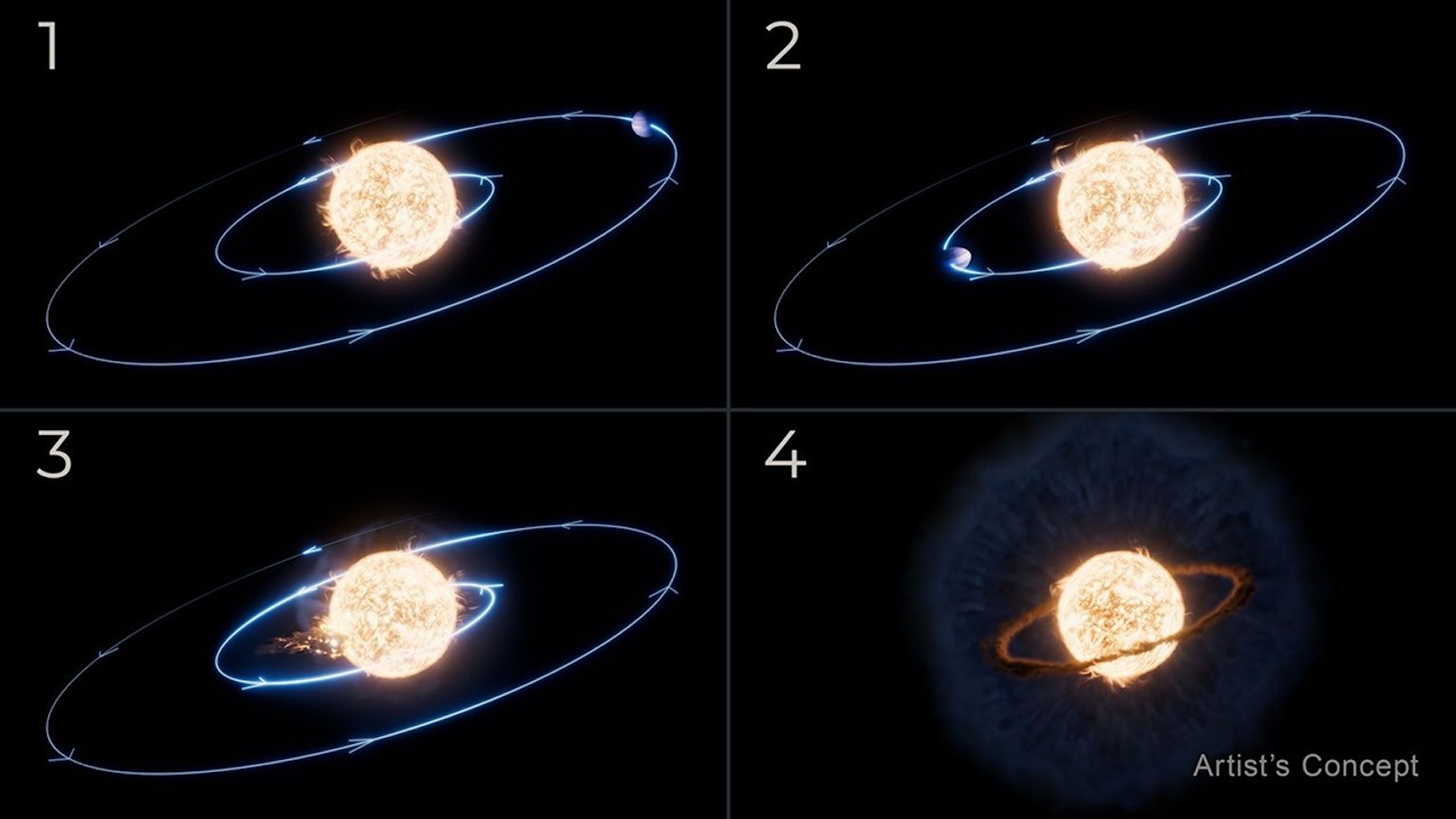


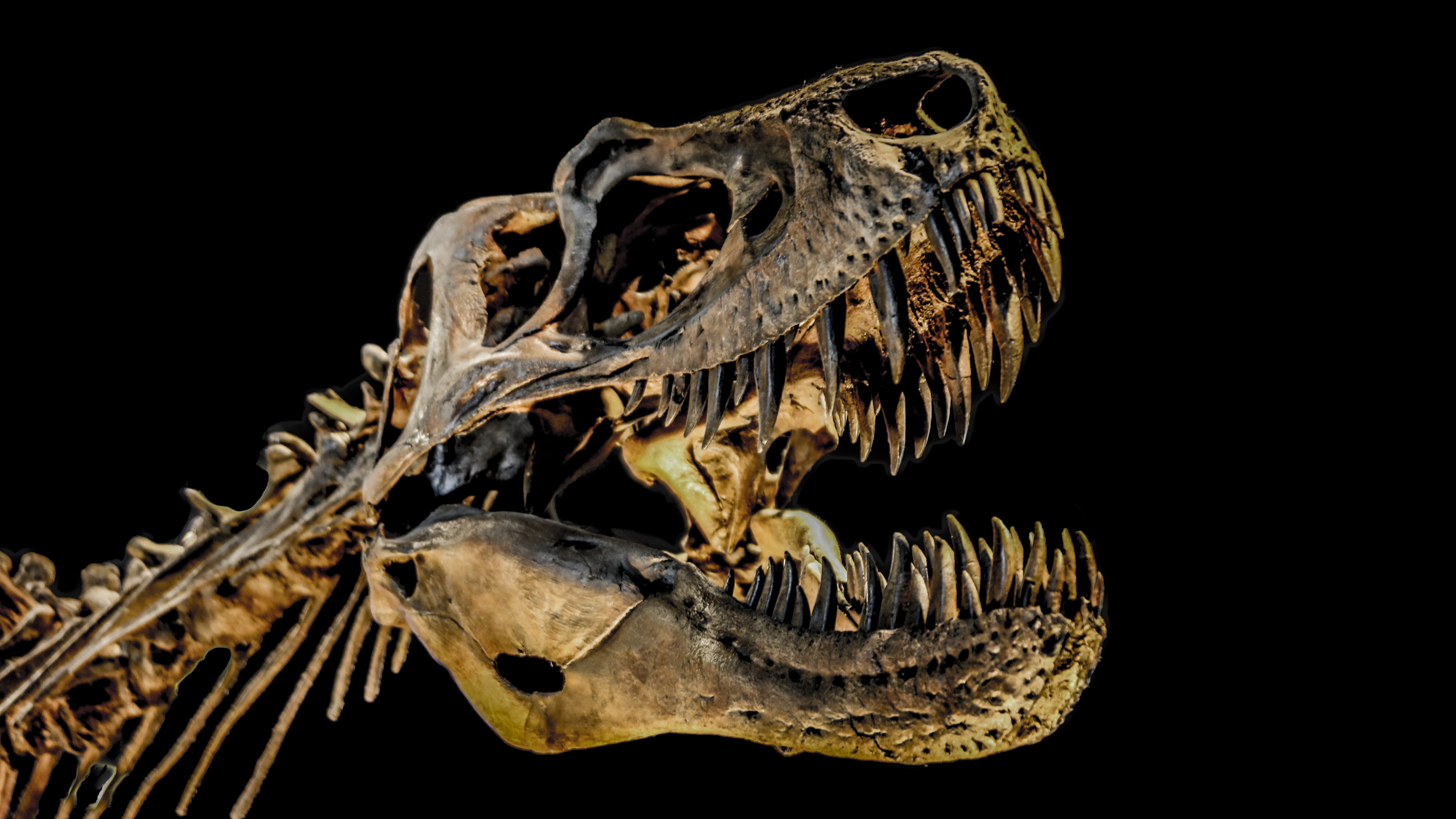
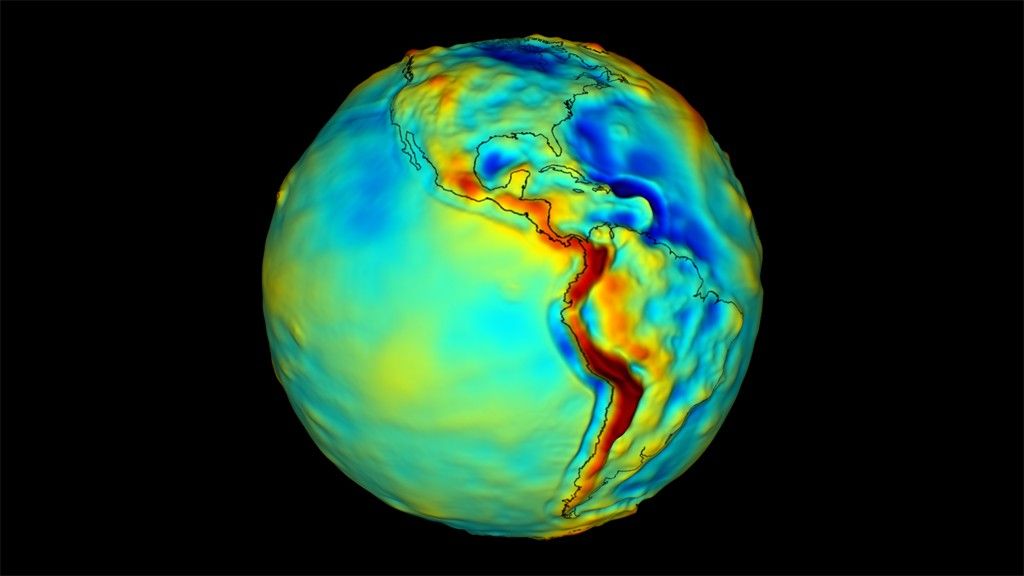





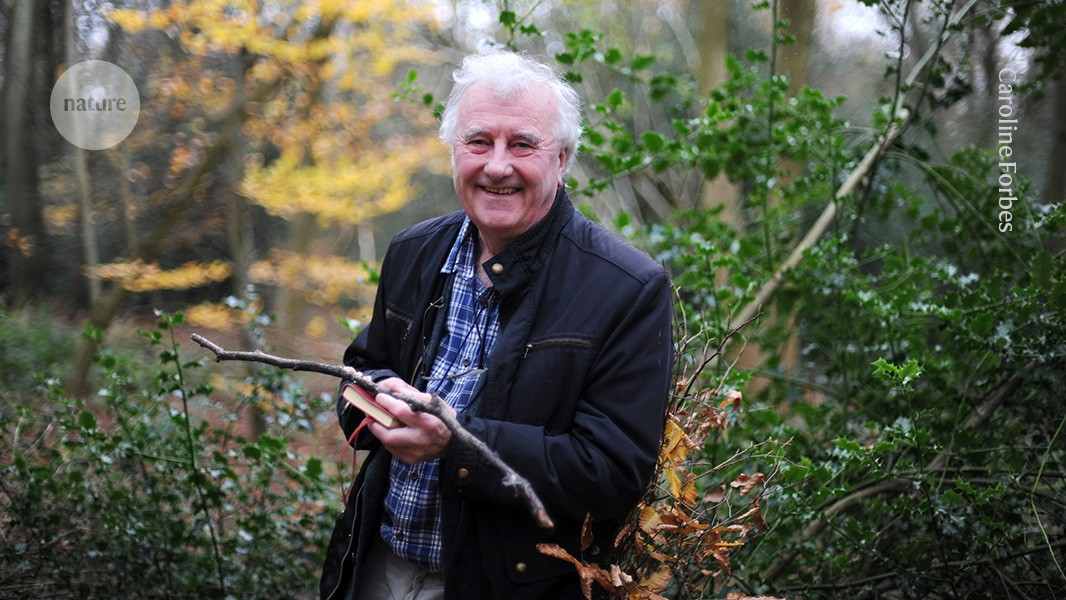


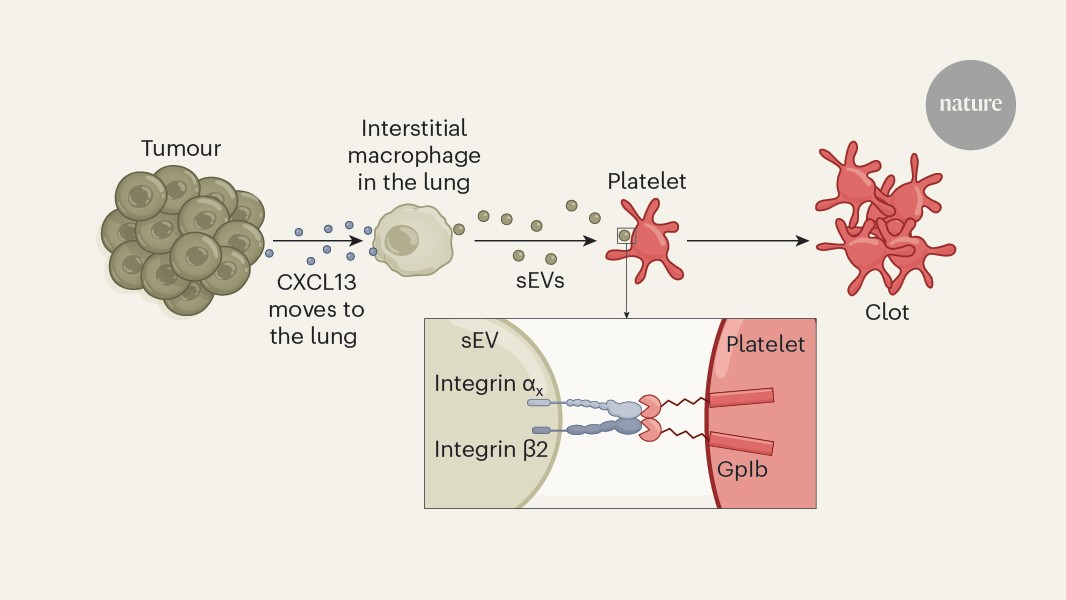









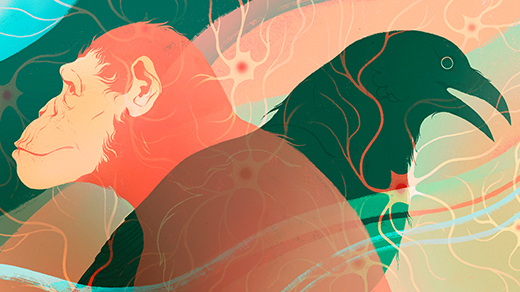






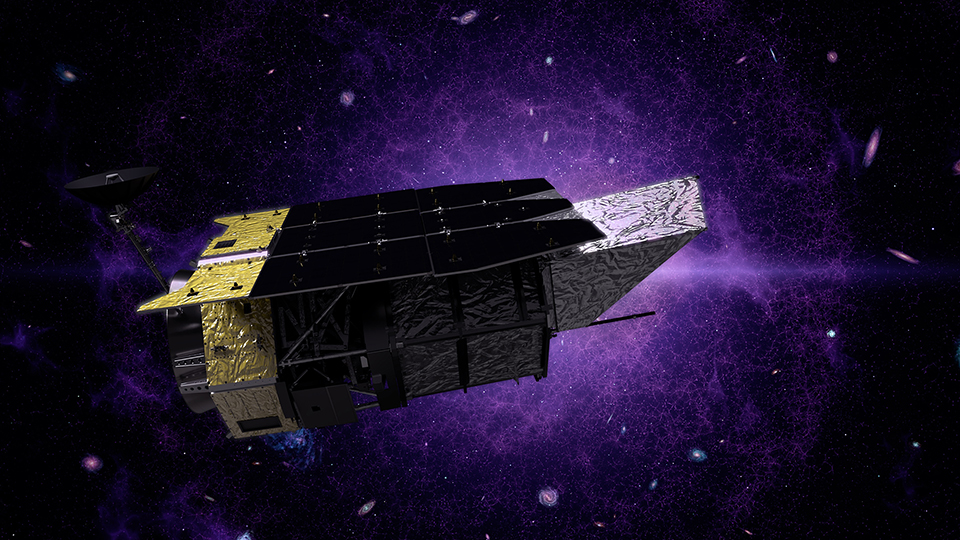




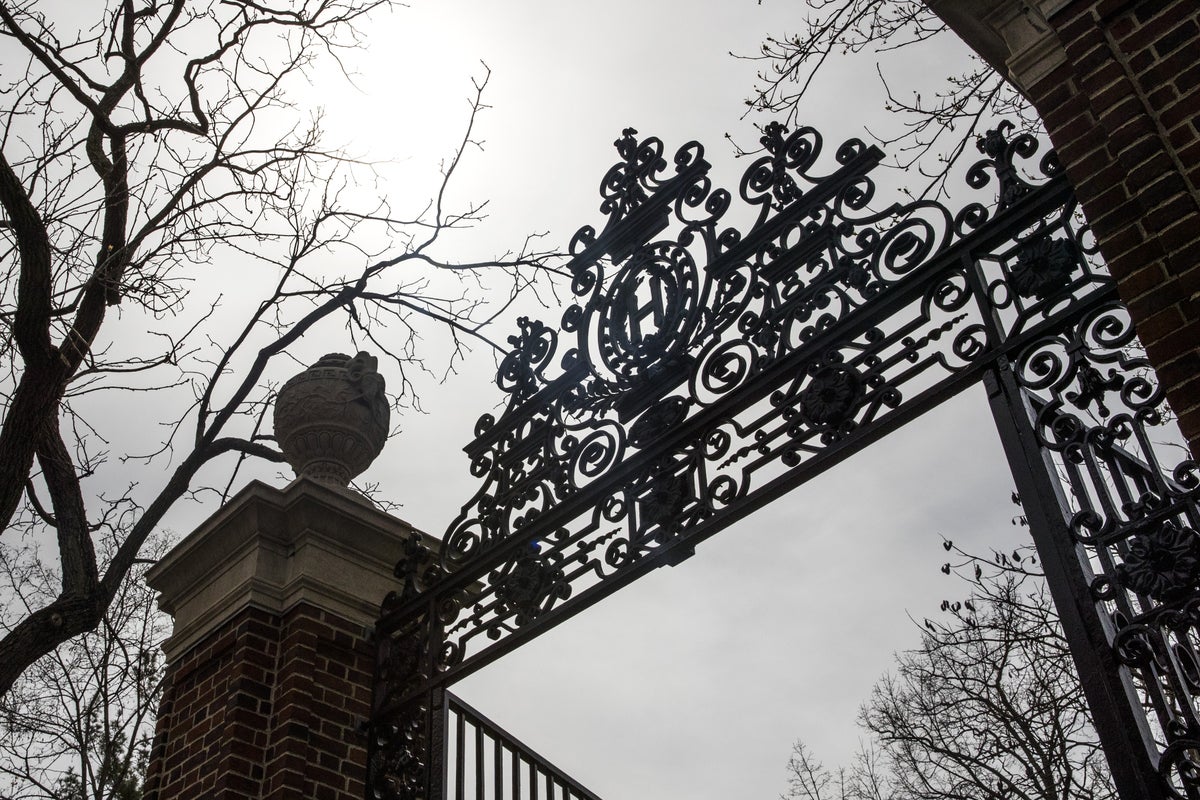
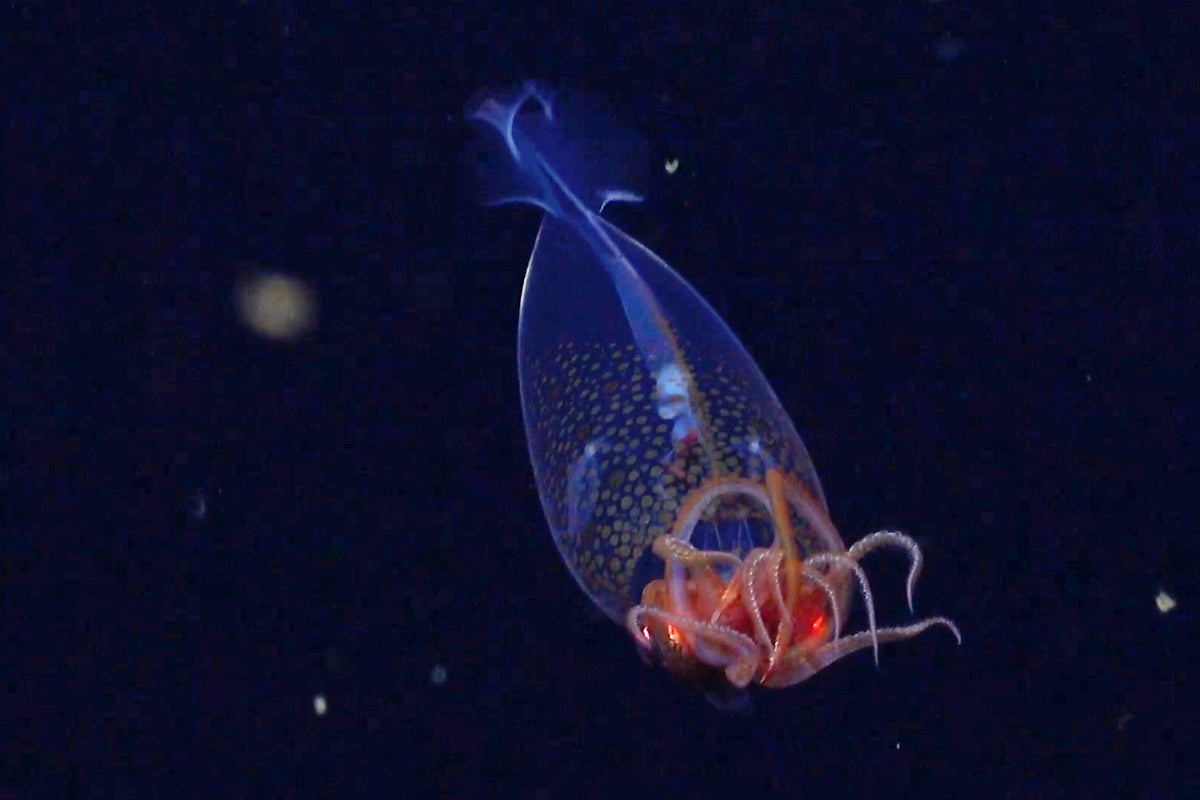
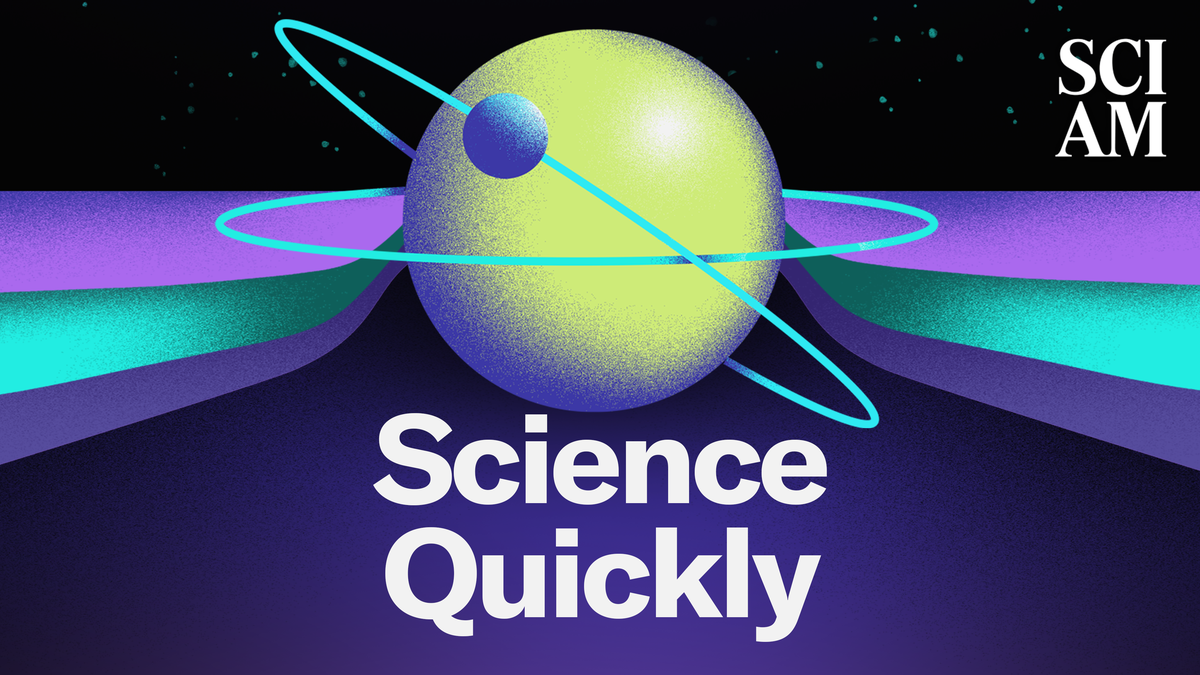

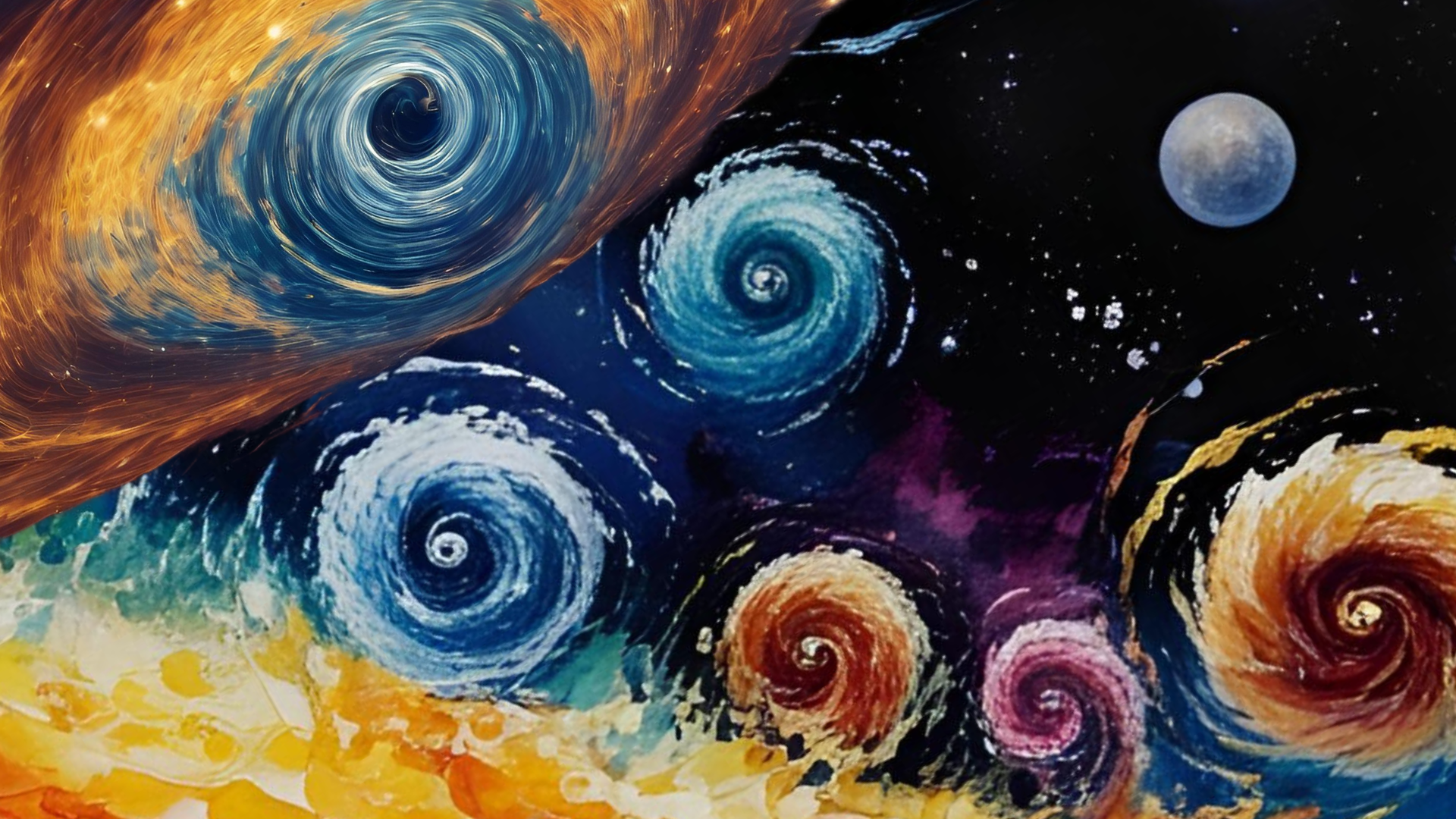
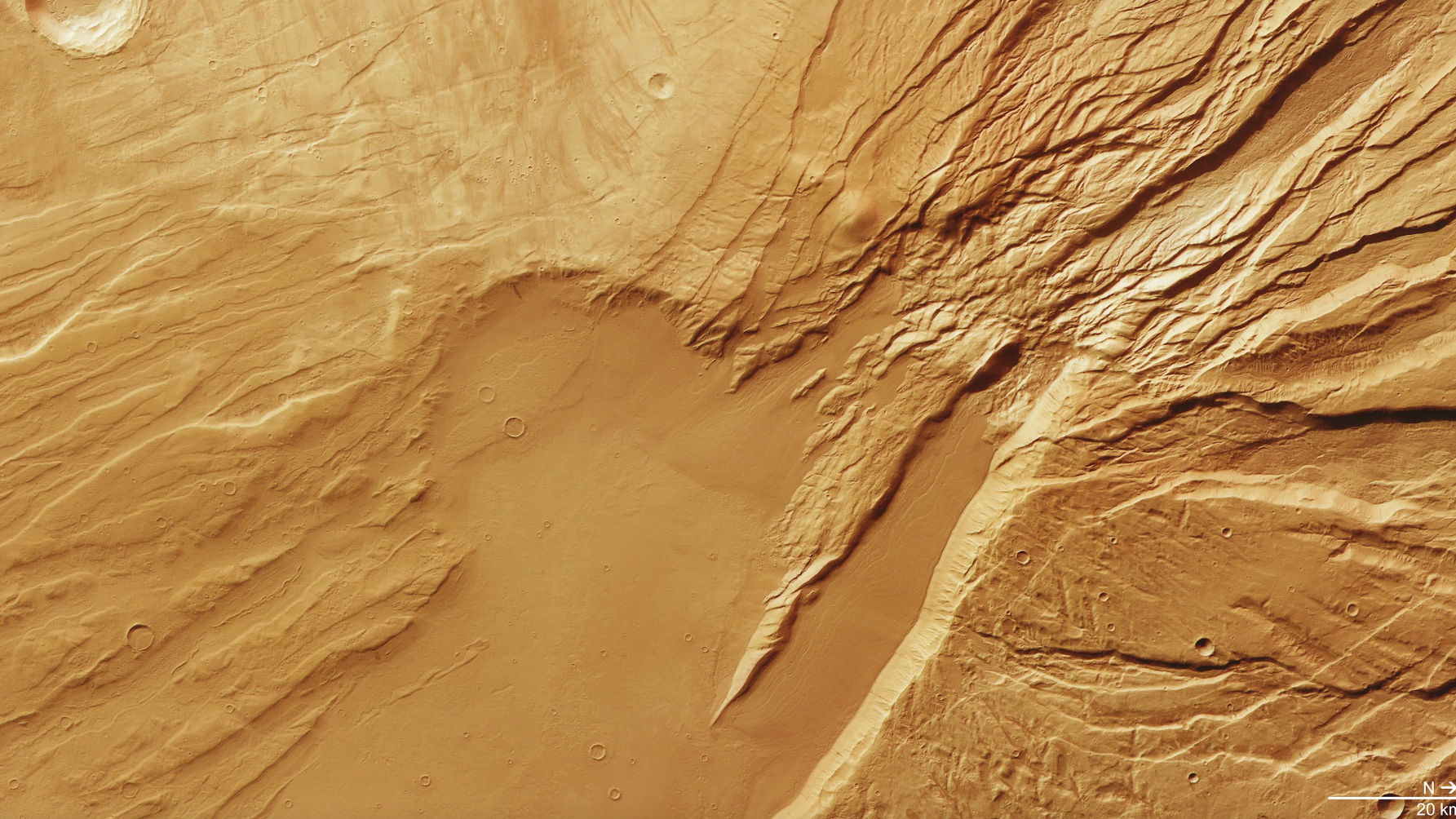
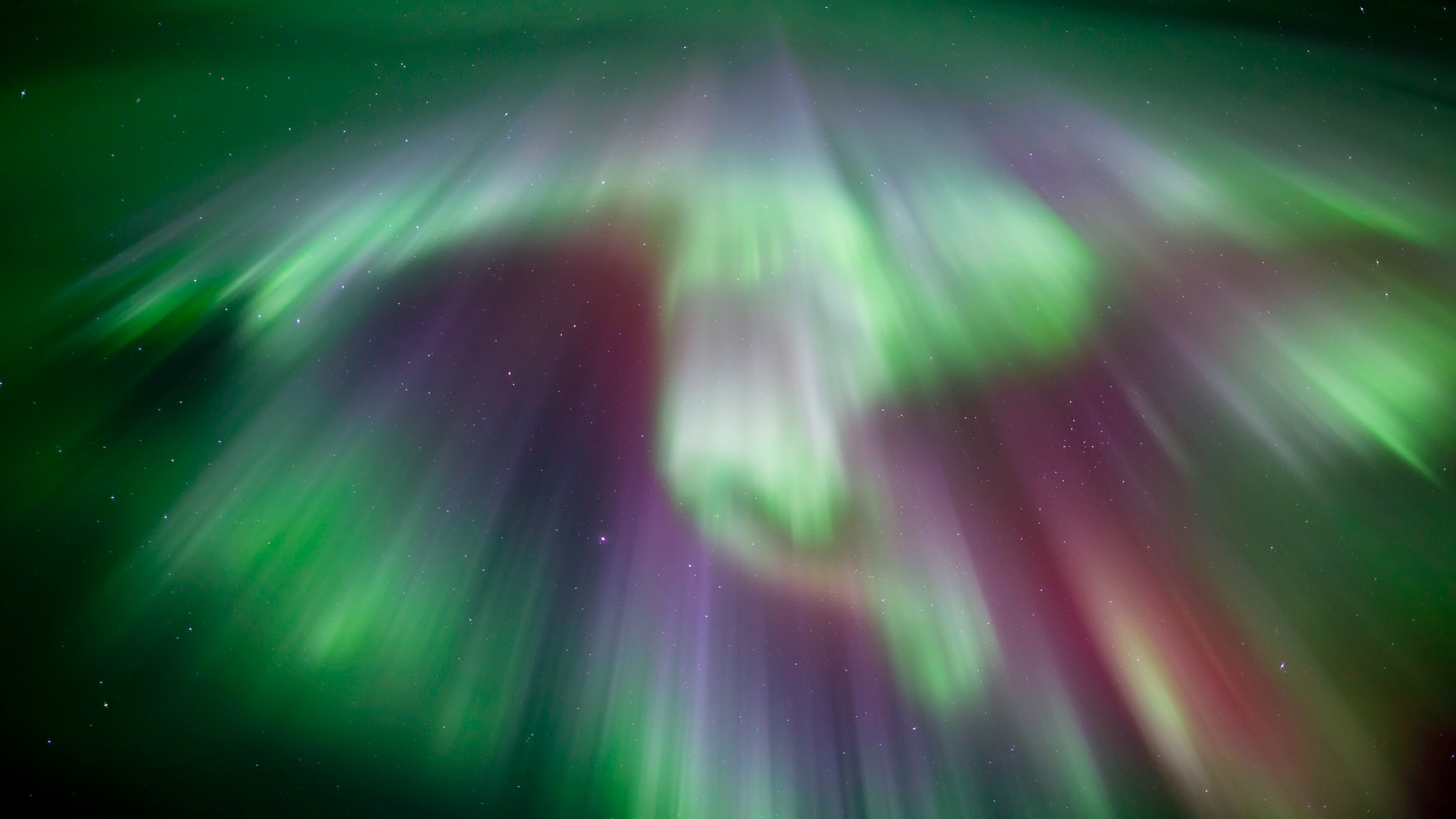
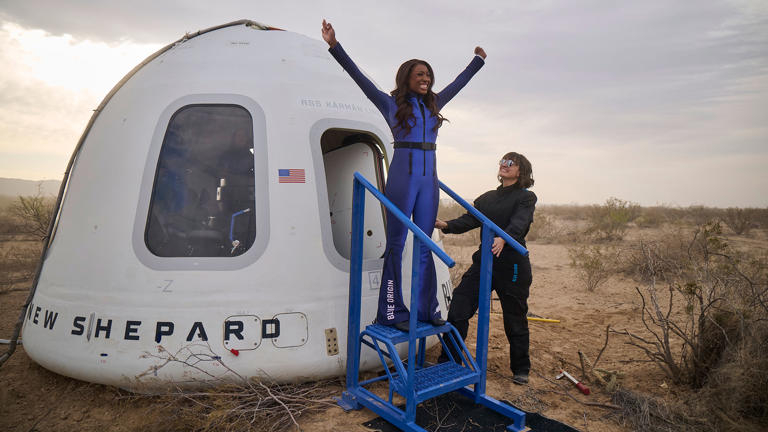

































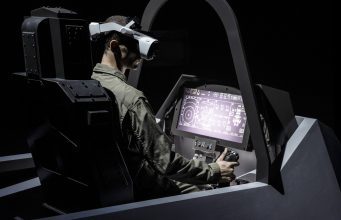


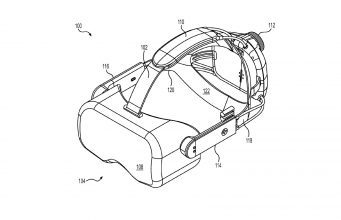



![The breaking news round-up: Decagear launches today, Pimax announces new headsets, and more! [APRIL FOOL’S]](https://i0.wp.com/skarredghost.com/wp-content/uploads/2025/03/lawk_glasses_handson.jpg?fit=1366%2C1025&ssl=1)












